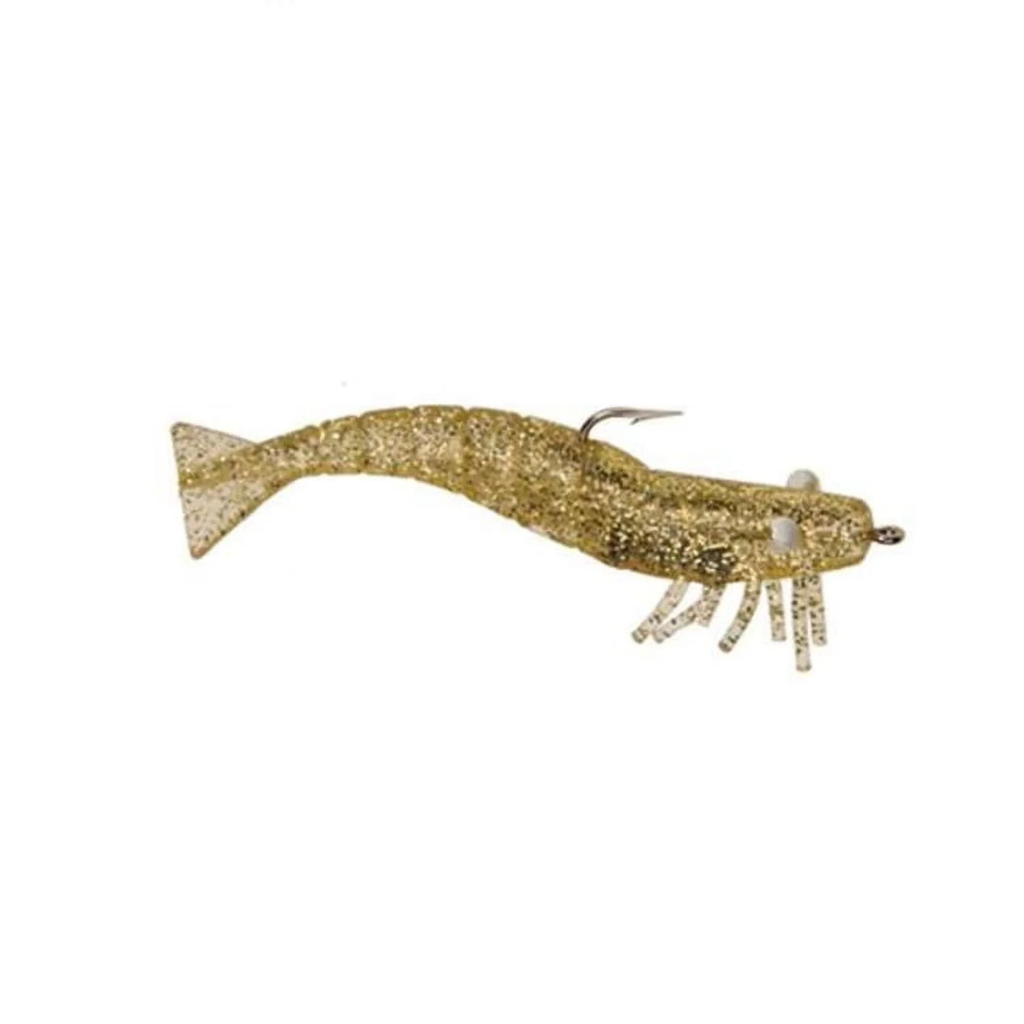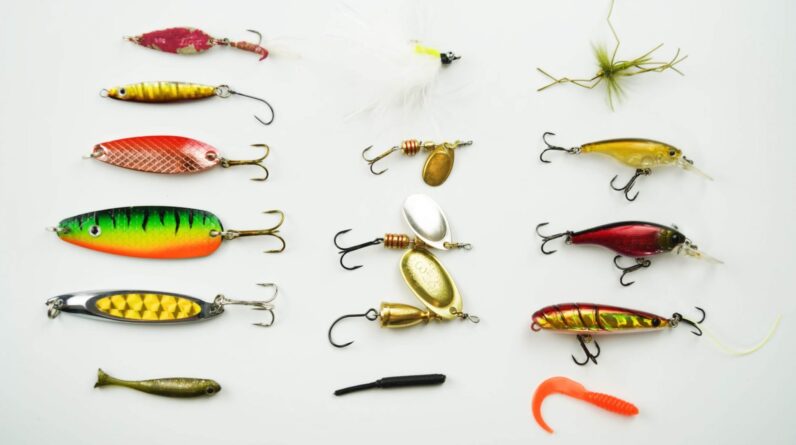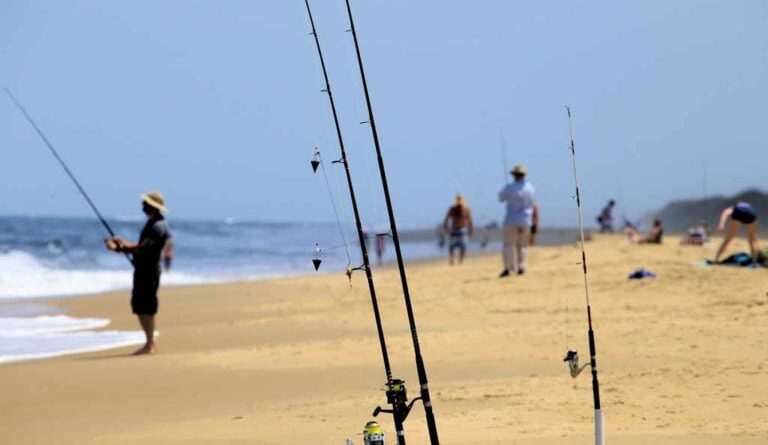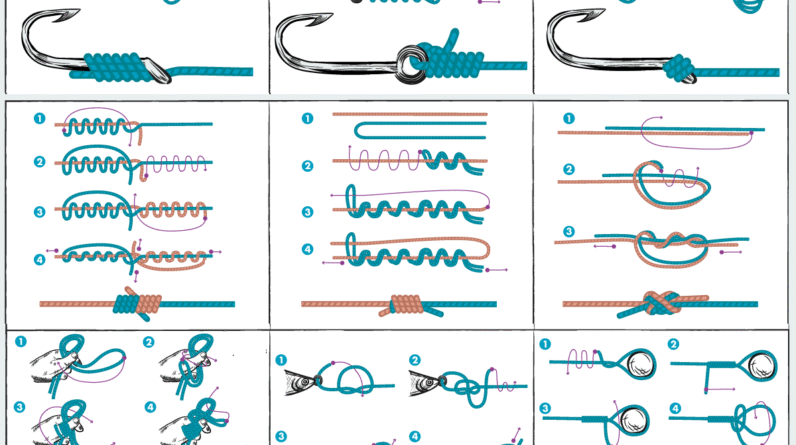Introduction
Pompano Fishing Techniques: Pompano fishing is an exhilarating and rewarding pursuit, attracting anglers of all skill levels. These fast-swimming, hard-fighting fish are highly prized not only for their challenging nature but also for their delectable flavor. Predominantly found in warm coastal waters, pompano demand precise techniques and the right lures to maximize success. Whether you’re a seasoned fisherman or a beginner looking to hook your first pompano, understanding their habits and preferences is key.
At CheerfulFisherman.com headquarters, our expert team has worked diligently to craft this comprehensive guide, ensuring you have everything you need to improve your success rate. In this article, we’ll dive into five proven fishing techniques that guarantee results and five top-performing lures that consistently attract pompano. Whether you prefer fishing from the shore, pier, or boat, these expert-backed tips will help you refine your approach, land more fish, and elevate your overall fishing experience. Get ready to take your pompano fishing skills to the next level!
5 Foolproof Techniques for Catching Pompano
1. Surf Fishing with Sand Fleas
Surf fishing is one of the most effective ways to catch pompano, as they frequently patrol the shorelines searching for food. Using live or fresh sand fleas (mole crabs) as bait is an excellent way to attract pompano.
How to Execute:
- Use a pompano rig with two or three dropper loops, attaching small circle hooks.
- Add sand fleas to the hooks, ensuring they are securely attached.
- Cast beyond the breaking waves, where pompano typically feed.
- Let your rig sit on the bottom, occasionally bouncing it with a slow retrieve.
Why It Works:
Pompano naturally feed on sand fleas in the surf zone, making this method incredibly effective. The scent and movement of fresh bait entice nearby fish to bite.
2. Drift Fishing with Jigs
Drift fishing allows anglers to cover a large area of water while presenting an enticing lure to pompano.
How to Execute:
- Use a 1/4 to 1/2-ounce pompano jig, preferably with bright colors like pink, yellow, or white.
- Allow the jig to reach the bottom and begin a slow, rhythmic bouncing motion.
- Let the drift carry your jig naturally with the current while imparting small hops.
Why It Works:
Pompano are bottom feeders, and a properly worked jig mimics the movement of their natural prey like shrimp and small crustaceans.

3. Sight Fishing in Clear Waters
In areas with crystal-clear water, sight fishing for pompano can be incredibly effective, allowing you to target fish visually before making a cast.
How to Execute:
- Use polarized sunglasses to cut through glare and spot pompano schools.
- Position yourself on a sandbar, pier, or elevated position to get a better vantage point.
- Cast small jigs or shrimp imitations in front of the moving school.
- Retrieve the lure with short, sharp twitches to provoke strikes.
Why It Works:
This method increases accuracy by allowing you to cast directly to visible fish, improving your chances of a successful hookup.
4. Using a Bottom Rig with Shrimp
Fresh or live shrimp is another irresistible bait for pompano. Using a bottom rig ensures that your bait remains in the strike zone.
How to Execute:
- Use a Carolina rig or a standard bottom rig with a 1-2 oz pyramid sinker.
- Hook the shrimp through the tail or head for a natural presentation.
- Cast into known pompano feeding areas, such as sandbars or near piers.
- Let the bait sit and occasionally twitch the line to mimic movement.
Why It Works:
Shrimp are a staple in a pompano’s diet, making this method reliable and productive.

5. Trolling with Small Spoons
Trolling allows you to locate active schools of pompano quickly by covering a vast area.
How to Execute:
- Use small gold or silver spoons attached to a trolling rig with a light leader.
- Troll at a slow speed (2-3 knots) along sandy bottoms and near structure.
- Adjust the depth by varying your weight or using a planer.
Why It Works:
Pompano are attracted to the flashing motion of the spoons, which resemble small baitfish.
The 5 Best Lures for Catching Pompano
1. Doc’s Goofy Jig
A staple among pompano anglers, this jig’s fluttering motion perfectly mimics fleeing shrimp.
Best Colors:
- Pink
- Chartreuse
- White
How to Use:
- Cast and allow it to sink to the bottom.
- Use a hopping retrieve with quick, short lifts.
2. Nylon Teaser Jigs
These small, brightly colored jigs often come pre-tied with teasers, making them extra effective.
Best Colors:
- Yellow
- Orange
- Green
How to Use:
- Cast near schools or structure.
- Work it with a steady bouncing retrieve.

3. Bucktail Jigs
These classic lures have lifelike movement and a weighted head for better casting.
Best Colors:
- White
- Blue
- Pink
How to Use:
- Cast and let it sink.
- Use a jigging motion with periodic pauses.
4. Gold or Silver Spoons
Spoons create a flashy presentation that pompano can’t resist.
Best Styles:
- Kastmaster Spoon
- Johnson Sprite Spoon
How to Use:
- Cast and retrieve with a steady pace.
- Allow occasional pauses to mimic a wounded baitfish.
5. Soft Plastic Shrimp Imitations
Soft plastic lures like the Gulp! Alive Shrimp offer realistic texture and scent.
Best Colors:
- Natural
- New Penny
- White
How to Use:
- Rig on a jig head and hop along the bottom.
- Slowly drag through likely feeding areas.

Conclusion
Catching pompano requires skill, patience, and the right approach. By mastering these five techniques and using the best five lures, you’ll significantly improve your chances of landing more fish. Whether you’re surf fishing with sand fleas, sight fishing in clear waters, or jigging with proven lures, the key is to stay adaptable and adjust your strategy based on conditions.
With these expert tips, you’re well on your way to becoming a more successful pompano angler. Now grab your gear and hit the water—the pompano are waiting!






